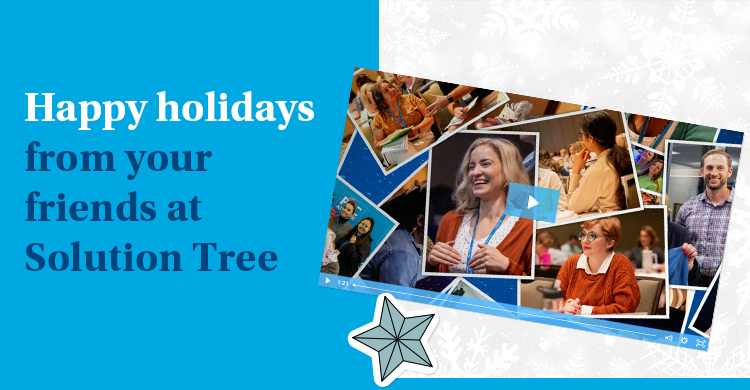Are teams getting their desired results? This question resonates with most teachers and principals each week as they work within their collaborative teams. All too often when asked about the PLC process, the response is “We do that.” The questions should shift to become results focused. In other words:
What products are the teams creating?
What evidence do we have that more students are learning?
Collaboration is essential to enhance the learning for students, but only when teams focus on the right outcomes. Essential reflection within the team is necessary to determine if collaboration is compliance based or results oriented. An example of a compliance-based team is focusing primarily on developing agendas, identifying a SMART goals, and/or completing meeting minutes to send to the principal. Each compliance-based task contributes to a productive meeting but fails to provide the results-oriented culture we desire. As teachers become burdened with completing mandated forms, the process often fails to produce the desired outcome to enhance learning for students. If the desired outcomes are not being accomplished, the team should consider a few tweaks to the collaborative process to ensure the development of effective products that will promote student learning.
A tweak in the collaborative process allows teams to shift from compliance to a results orientation. The driving force to produce results lies within the products created from the four critical questions of teams (DuFour, DuFour, & Eaker, R. 2008):
- What do we want students to learn?
- How will we know students have learned?
- What will we do when students don’t learn?
- What will we do when students have learned?
As teachers dissect a common curricular unit formulated from the district’s curriculum standards, the results-oriented process encourages teams to create products aligned with each of these questions. The opportunity to reorganize discussions from filling in the blanks on the agenda to creating learning targets, common formative assessments, interventions, and extensions are valuable changes that allow a shift from a compliant process to a results-oriented culture. This flow chart allows teams to use the curricular standards as the primary resource to develop both key products and additional resources to support student learning.
| Critical Question | Product | Resource |
| 1. What do we want students to learn? | Learning Targets | Standards |
| 2. How will we know students have learned? | Common Formative Assessments | Learning Targets |
| 3. What will we do when students don’t learn? | Interventions | Data From the Common Formative Assessments |
| 4. What will we do when students have learned? | Enrichment | Data From the Common Formative Assessments |
This chart is a simple reminder to help teams tweak the collaborative process within the school. As teachers become invested in creating and using team products associated with the four critical questions, a results-oriented culture permeates from the team, thus enhancing student learning.
References
DuFour, R., DuFour, R., & Eaker, R. (2008). Revisting professional learning communities at work™: New insights for improving schools. Blommington, IN: Solution Tree Press.
Buffum, A., & Mattos, M. (Eds.). (2015). It’s about time: Planning interventions and extensions in secondary school. Bloomington, IN: Solution Tree Press.
[author_bio id=”96″]






